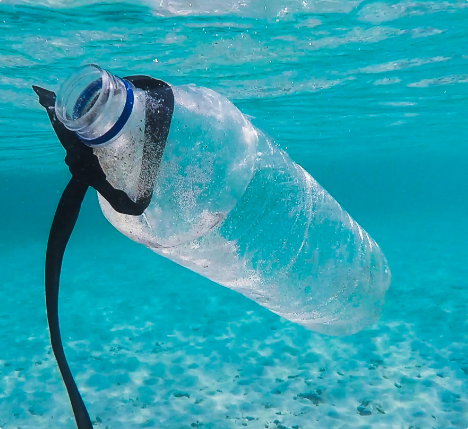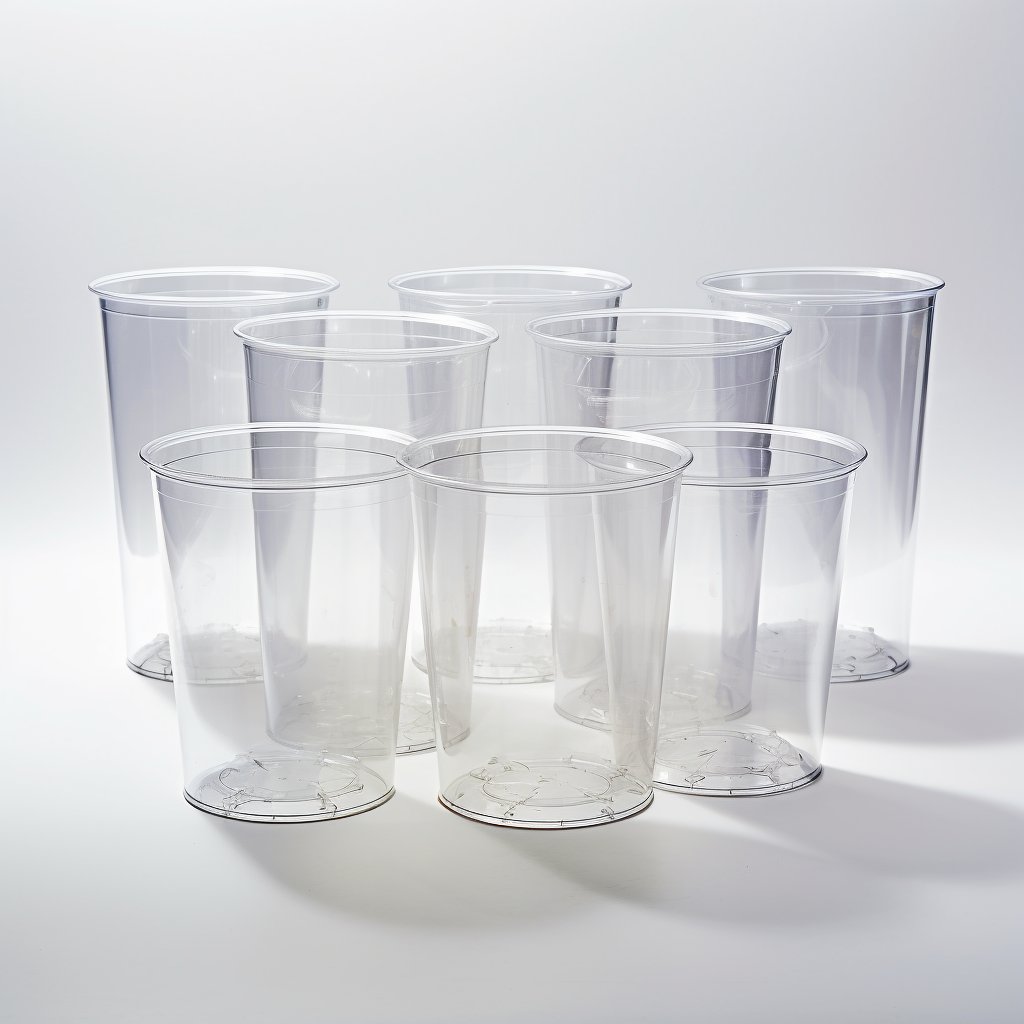Polypropylene (PP) is a thermoplastic polymer that is widely used in the plastics industry. It is a type of polyolefin that is made from the polymerisation of propylene monomers. PP has a high melting point and is resistant to most solvents, acids, and bases, making it a highly versatile material for various applications.
First synthesised in the 1950s by two scientists at the Phillips Petroleum Company, Paul Hogan and Robert Banks, PP was first used commercially in the 1960s and has since become one of the most widely used plastics in the world.
Polypropylene (PP) is one of the world’s most versatile and widely used plastic materials. It is known for its durability, fatigue resistance, and ability to withstand high temperatures. PP is used in various industrial and consumer products, from packaging materials and automotive parts to toys and medical devices.

Properties
PP has several key properties that make it ideal for use in various applications. These properties include:
- High melting point: PP has a high melting point, which makes it ideal for use in applications that require high-temperature resistance.
- Chemical resistance: PP is highly resistant to most solvents, acids, and bases, making it ideal for use in applications that require chemical resistance.
- Low density: PP has a low density, which makes it ideal for use in applications that require lightweight materials.
- High stiffness: PP has a high stiffness, which makes it ideal for use in applications that require structural support.
- Good dimensional stability: PP has good dimensional stability, which makes it ideal for use in applications that require precise dimensions.
Industrial Usage
PP is used in a wide range of industrial applications, including:
- Packaging: PP is used to make a variety of packaging materials, including films, bottles, and containers.
- Automotive: PP is used in the automotive industry to make a variety of components, including bumpers, dashboards, and interior trim.
- Construction: PP is used in the construction industry to make a variety of components, including pipes, roofing membranes, and insulation.
- Medical: PP is used in the medical industry to make a variety of components, including syringes, medical devices, and surgical masks.
Application Areas
PP is used in a wide range of application areas, including:
- Packaging: PP is used to make a variety of packaging materials, including food packaging, beverage packaging, and personal care product packaging.
- Textiles: PP is used to make a variety of textiles, including carpeting, upholstery, and clothing.
- Consumer products: PP is used to make a variety of consumer products, including toys, luggage, and kitchenware.
- Electronics: PP is used in the electronics industry to make a variety of components, including computer cases, cell phone cases, and cable insulation.
Consumer Product Examples
PP is used in a wide range of consumer products, including:
- Food containers: PP is used to make food containers, including yoghurt cups, margarine tubs, and take-out containers.
- Disposable razors: PP is used to make disposable razors.
- Toys: PP is used to make various toys, including action figures and board games.
- Luggage: PP is used to make luggage, including suitcases and carry-on bags.
PP (Polypropylene) Recycling
PP (Polypropylene) is a widely used plastic material that is highly recyclable. Recycling PP has several advantages, including conserving natural resources, reducing energy consumption, and reducing greenhouse gas emissions. PP can be recycled into a variety of products, including new PP products, plastic lumber, and automotive parts.
PP is highly recyclable, and recycling rates for PP have been steadily increasing in recent years.
Process of recycling
The process of recycling PP involves several steps. First, the PP waste is collected and sorted based on its resin identification code. Next, the PP waste is cleaned and shredded into small pieces. The shredded PP is then melted and extruded into pellets, which can be used to manufacture new PP products.
Advantages
PP recycling has several advantages, including:
- Conserves natural resources: Recycling PP conserves natural resources by reducing the need for virgin PP.
- Reduces energy consumption: Recycling PP requires less energy than producing virgin PP, which reduces energy consumption and greenhouse gas emissions.
- Reduces landfill waste: Recycling PP minimises the amount of plastic waste that ends up in landfills, which helps reduce plastic waste’s environmental impact.
- Generates revenue: PP recycling can generate revenue through the sale of recycled PP pellets.
Disadvantages
PP recycling also has some disadvantages, including:
- Limited recycling infrastructure: PP recycling infrastructure is still limited in many regions, making it difficult to recycle PP waste.
- Contamination: PP waste can be contaminated with other materials, which can make it difficult to recycle.
- Quality degradation: Recycled PP can experience quality degradation, limiting its use in specific applications.
Environmental and Global Impact
Advantages and Disadvantages Compared to Alternative Plastics
Polypropylene (PP) has several advantages compared to alternative plastics, including:
- High heat resistance: PP has a high melting point, which makes it ideal for use in applications that require high-temperature resistance.
- Chemical resistance: PP is highly resistant to most solvents, acids, and bases, making it ideal for use in applications that require chemical resistance.
- Low density: PP has a low viscosity, which makes it ideal for use in applications that require lightweight materials.
- Good dimensional stability: PP has good dimensional stability, which makes it ideal for use in applications that require precise dimensions.
On the other hand, PP has some disadvantages compared to other plastics, including:
- Poor UV resistance: PP is susceptible to degradation when exposed to UV light, which limits its use in outdoor applications.
- Poor impact resistance: PP has poor impact resistance compared to other plastics, which limits its use in applications that require high impact resistance.
Market Price Developments
The market price of PP is subject to fluctuations based on supply and demand. In recent years, the price of PP has been relatively stable, with minor fluctuations due to changes in supply and demand. Several factors, including the cost of raw materials, energy prices, and global economic conditions, influence the price of PP.
Future Market Prognosis
The future market prognosis for PP is favourable, with demand for PP expected to grow in the coming years. The packaging industry is expected to remain the largest end-use sector for PP, with growth expected in the automotive, construction, and medical industries. The demand for sustainable and eco-friendly materials is also expected to drive demand for recycled PP. However, increasing competition from alternative materials and regulatory changes could impact the future market for PP.
Polypropylene
Polypropylene (PP) is a widely used and versatile plastic material with many valuable properties that make it suitable for various industrial and consumer applications. While PP has some disadvantages compared to other plastics, its advantages and cost-effectiveness have made it a popular choice for manufacturers worldwide. Furthermore, the increasing focus on sustainability and environmental impact has led to a growing interest in PP recycling, which has the potential to reduce waste and promote a more circular economy. As the demand for sustainable solutions continues to rise, PP recycling will likely become an even more critical aspect of the plastics industry in the future.
Polypropylene (PP) is a versatile thermoplastic polymer with a wide range of industrial applications. It has several key properties that make it ideal for use in various applications, including high melting point, chemical resistance, low density, high stiffness, and good dimensional stability. PP is used in a wide range of application areas, including packaging, textiles.






